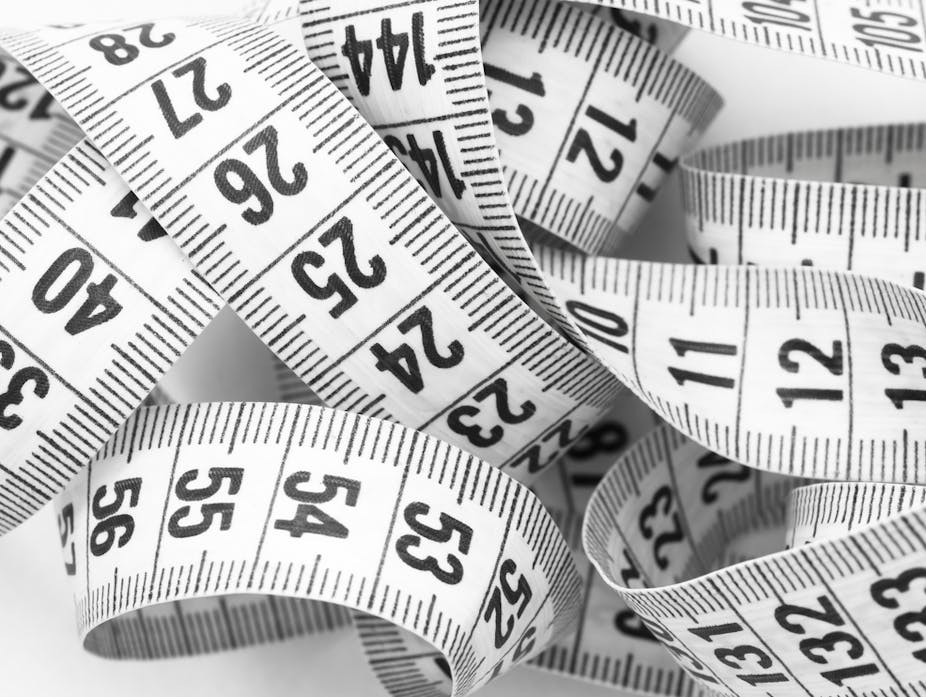Before this morning’s release of the Excellence in Research Australia (ERA) report, the scheme’s champion Aidan Byrne flagged that it could soon be looking at more than just research quality.
Measuring research impact – the impact research has in the community, for policy and industry – is a relatively new idea. But since the prospect of a research impact assessment raised its head, there has been a fair amount of anxiety in Australian universities - even panic - about what it might mean for funding and reputation.
The ERA scheme was established by the Australian Research Council (ARC) a couple of years ago to measure research excellence in Australian institutions through measures like citations in journals. But as the ERA has developed it has included more varied measures and the more recent Excellence in Innovation for Australia (EIA) trial report has added to the mix by looking at the option of using case-studies judged by expert panels to assess research impact.
Of course, aiming for quality, high impact research makes sense, but these measures as well as any new ones need to consider the full range of academic endeavours.
The academic community is understandably apprehensive about new types of research measurements. It could be yet another task they will have to juggle in their already saturated and pressured schedules.
But will the foreshadowed research impact factor really change the way research is being done?
Getting the measure
If done right, another measurement that caters for research impact could offer opportunities for many researchers to capture formally the details of the great initiatives they already have in place. Researchers already connect with communities and industry sectors, bend the ear of every level of government, and guide and inform various organisations – so, why not record this?
Most good, savvy researchers engage in activities that would be “counted” under an impact assessment. Keeping research partners happy (such as community organisations) is the time-consuming and meticulous kind of work that could be recorded as part of impact statements.
Industry and community collaborators can also advocate for the strong impact and value of projects they are involved in.
In the post-EIA future, the costs of ensuring sustained impact and connection may be included in grant proposals (e.g. project managers in dedicated roles, industry and community liaison staff).
Director of the ARC Centre of Excellence at QUT, Stuart Cunningham rightly points out that areas within the humanities will need to find ways to express “impact” – and the same could be said for fundamental science research, given that the concept of “public value” can be fuzzy.
The increased attention to different metrics (specifically social media and so called “alt-metrics”) opens the way for a more holistic understanding of research project findings and enduring achievements. It’s not just about scholarly publications anymore.
For example, with impact assessment, creative arts academics who exhibit in venues could have a broader canvas, if you will, on which to demonstrate impact. Showing their work at a commercial gallery that is the premier site for their fellow practitioners should be a part of measuring an artist’s sector influence.
Opening up
This turn to measuring research impact, which was flagged many years ago when the now-defunct Research Quality Framework (RQF) was being planned under the Howard government, is accompanied by the ARC’s push for open access research.
The requirement that findings derived from federally-funded research must be publicly available means that online repositories and grey literature (which includes government papers and technical reports) will potentially have a higher value and profile than before.
For organisationally diverse research resource sites (such as Australian Policy Online or The Conversation), this is good news.
Keeping up the good work
As mentioned earlier, many researchers already solicit and collaborate with industry and community representatives, creative and cultural producers, and disseminate their work in the public sphere.
The EIA may not require them to do much more than keep up the good work, and find compelling ways to express what they’ve done. Chances are that it won’t entail doing their research work any differently.
The risk comes if the EIA exercise does not elicit and implement a broad enough range of measures, or are overly driven by the applied aspects of academic work.
Research has a crucial effect on a society’s cultural and intellectual well-being, as is argued every time the humanities and social sciences come under attack for being pointless or wasteful.
In arguing the case for humanities research and basic research more generally, the University of Melbourne’s Vice-Chancellor Glyn Davis’ in an all staff email said that “research is not academic self-indulgence”. This is worth affirming, and I would also argue that neither should research be conceived of as an extension of industry’s demands.
Forging a more nuanced and embracing understanding of economic and societal impact in Australia can only strengthen the research sector.
In developing a process, let’s be inclusive, considerate of academics’ time, and also pay attention to the possible negative impacts of research. There’s clearly still lots to learn.
Further reading:

